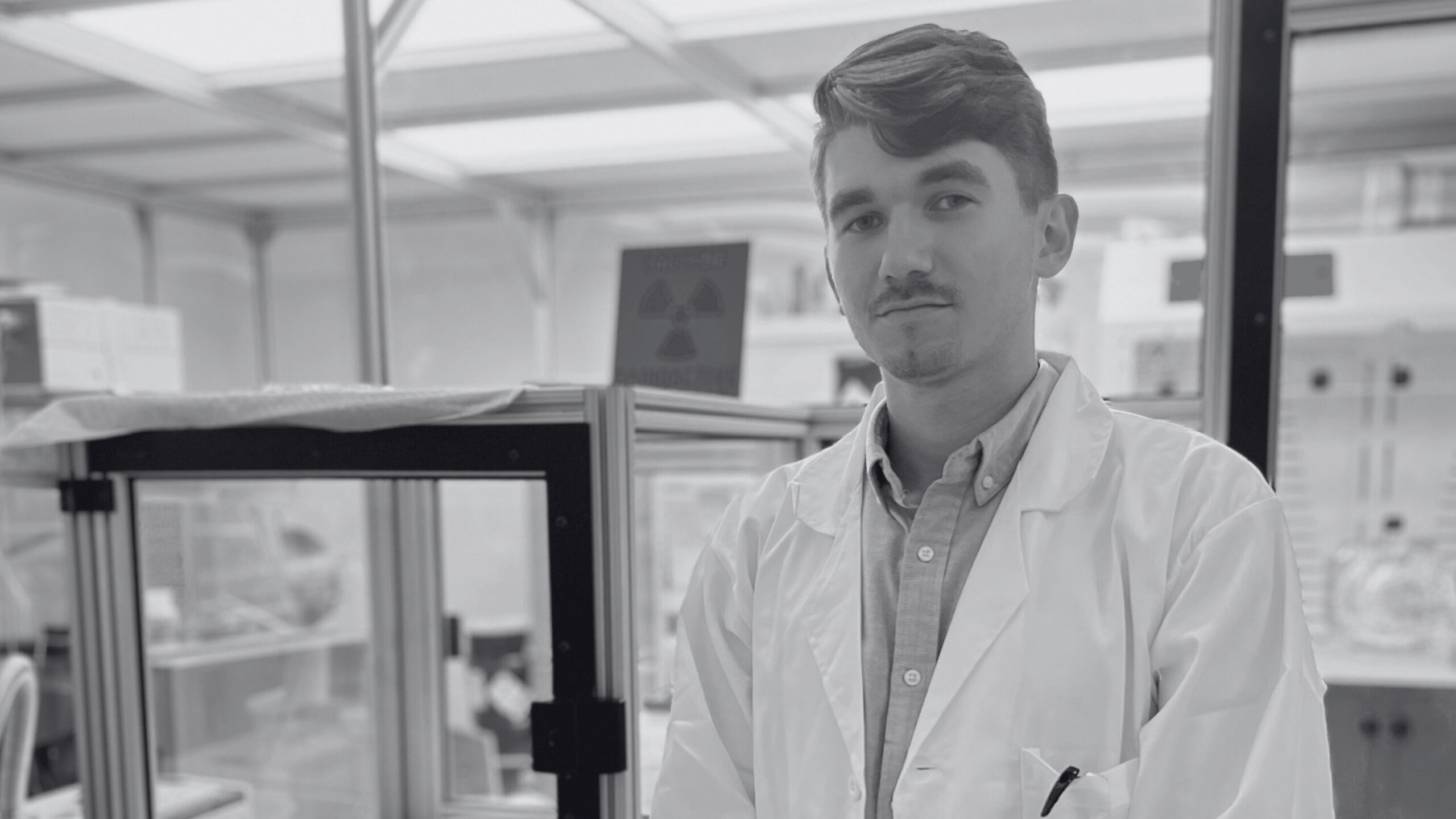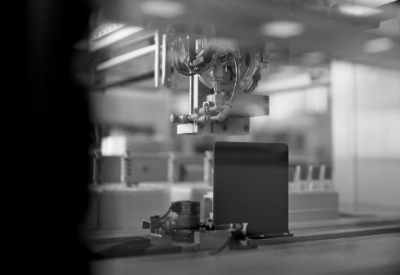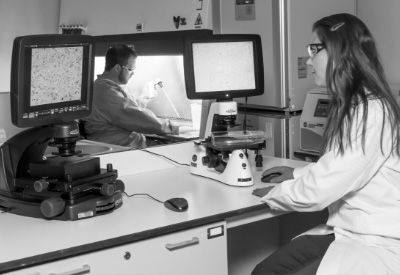Bioimplants: Power Challenges and Innovations for Leadless Cardiac Pacemakers and Other AIMDs
Leadless cardiac pacemakers (LCPs) have marked a significant advancement in cardiac pacing devices by overcoming complications associated with traditional transvenous pacemakers (TVPs). These complications—including lead infections, migration, and dislodgement—are significantly reduced with LCPs, making them a preferred choice in most situations.
However, the technological limitations of lithium-based batteries, nearing a volume limit of ½ cc and a useful life of 7-10 years, have left much room for improvement. To address this need, City Labs is working to develop tritium-based power solutions for pacemakers and other active implantable medical devices (AIMDS).
City Labs’ NanoTritium™ batteries offer a breakthrough solution with a small form factor as low as 0.1 cc, providing a consistent ≥3.8 microwatts of power for over 20 years—more than double the current lifespan of pacemakers. This innovation aligns seamlessly with the low power requirements of LCPs, offering not only extended operational life but also greater flexibility in device design and implantation protocols for manufacturers and clinicians.
While wireless charging has been explored for heart pacing, safety and compliance concerns have limited its adoption, making NanoTritium™ batteries a promising alternative. With more than 250,000 pacemakers implanted annually in the U.S. alone, City Labs’ tritium-powered batteries could redefine the landscape of pacemakers and other active implantable medical devices.
A Brief History of Leadless Cardiac Pacemakers
The evolution of LCPs has been marked by technological improvements and challenges. The NanoStim LCP, an early entrant, faced setbacks in the early 2010s due to issues with its helical fixation screw that led to dislodgement and premature battery discharge, allowing Medtronic’s Micra LCP to dominate the market.
Learning from their experience with the NanoStim, Abbott introduced the Aveir as a successor. The Aveir addressed the helical screw issues and incorporated dual chamber pacing that mimics the approach of transvenous pacemakers, sensing electrical activity in the right atrium for more precise pacing.
Unresolved Challenges in Leadless Cardiac Pacemakers and Other AIMDs
While advancements have undeniably enhanced the functionality and safety of LCPs and other AIMDs over time, there are still unmet needs requiring technological innovations to further improve patient care.
Addressing these challenges is crucial for the continued advancement of AIMDs. The collaboration between device manufacturers and power source developers is pivotal in overcoming these challenges, ensuring that future technologies not only meet current expectations but also open new possibilities for improved patient care and outcomes.
Limitations of Chemical Batteries
The traditional reliance on chemical batteries, particularly those that are lithium-based, poses significant limitations. These batteries have a finite lifespan, typically lasting less than ten years as patients’ worsening arrhythmia necessitates more aggressive pacing. This phenomenon is combated with LCP replacement surgeries, exposing patients to an increased risk of surgical complications and reduced ejection fraction.
Furthermore, the miniaturization limit of lithium batteries constrains the design possibilities for smaller and more streamlined AIMDs, which is particularly notable for LCPs. City Labs’ tritium-powered batteries offer a compelling alternative, providing over 20 years of power while enabling more compact and versatile device designs.
Brevity and Demographic Limitations of Leadless Pacing
Leadless pacing, while revolutionary, currently caters primarily to an older demographic. The present technology is often implanted in patients who are not projected to outlive the device, as the retrieval of leadless pacemakers is challenging. In patients who require LCP replacements, it is common practice to implant a new LCP alongside the depleted one. This reduces ejection fraction, accelerating long-term heart failure.
The impracticality of LCP replacement due to limited battery life places a burden on both the patient and the healthcare system. This limitation excludes younger patients who could benefit from leadless, longer lasting cardiac pacing technology.
With their extended lifespan and consistent power output over 20 years or more, City Labs’ tritium-powered batteries present a solution to this challenge that would make LCPs more widely accessible. By addressing this demographic gap, LCP developers, in collaboration with power source innovators like City Labs, can extend the reach of leadless pacemakers to a more diverse patient population.
City Labs’ Tritium Batteries as a Novel AIMD Power Solution
The limitations of traditional chemical batteries in AIMDs have spurred a quest for more efficient and reliable power sources. City Labs has emerged as a pioneer in this field, introducing tritium-powered batteries as a revolutionary solution for AIMDs.
Always-On Power Source
One of the standout features of City Labs’ tritium batteries is their “always-on” nature. Unlike chemical batteries that draw power based on demand, tritium batteries consistently provide predictable power throughout their lifespan. This characteristic is crucial for AIMDs like LCPs, where a steady and reliable power supply is paramount. Constant power output ensures continuous device functionality, eliminating the unpredictability associated with chemical batteries. This is relevant because patients whose arrhythmia worsens require a shift to more aggressive and power-hungry pacing parameters that drain chemical batteries at a higher rate.
Long Lifespan and Predictability
Lithium batteries, commonly used in bioimplants, face challenges related to predictability and limited lifespan. Patients’ disease progression informs LCPs’ power draw and associated lithium battery lifetime, making it challenging for healthcare professionals to predict when a device might need replacement. To support electrophysiologists, LCP manufacturers invest copious resources to develop models estimating battery life based on clinical use cases.
City Labs’ tritium batteries offer a lifespan of 20+ years, solely dictated by tritium’s half-life and decay, simplifying power management for AIMDs. This constant power source alleviates concerns related to device reliability throughout its designated period, reducing the need for complex predictive models or frequent checkups.
High Energy Density
City Labs’ tritium batteries boast continuously high energy density over the product’s lifetime, clocking in at approximately 50x that of current-generation lithium LCP batteries. This high energy density is a game-changer for devices like leadless pacemakers that demand low power requirements compared to other AIMDs.
Implant Miniaturization
The compact size of NanoTritium™ batteries—as small as 0.1 cc—coupled with their impressive energy density, opens new possibilities for design flexibility while also addressing the demand for more streamlined and patient-friendly devices.
The advantages extend to both clinicians during the implantation process and patients throughout the usage of the device. This miniaturization not only enhances the safety of the implantation procedure but also reduces hemodynamic challenges associated with LCP use.
Well-Suited for Leadless Pacemakers
Leadless pacemakers, in particular, stand to gain significantly from the integration of City Labs’ tritium batteries. With their low power requirements, leadless pacemakers align seamlessly with the capabilities of NanoTritium™ batteries. This synergy results in enhanced device performance and an extended operational lifespan, offering a win-win scenario for both manufacturers and patients.
Join City Labs in Shaping the Future of Medical Technology
City Labs’ research into tritium-based technologies for medical devices is led by Research and Development Engineer Johann Hernandez, who leads projects related to prototyping power delivery systems for medical implants and other potential medical device applications for our NanoTritium™ batteries.

City Labs is committed to staying at the forefront of this rapidly changing field and is dedicated to continuing to explore how we can best apply our nuclear battery technology to new medical applications.
As AIMDs continue evolving, the collaboration between device manufacturers and power source innovators becomes increasingly critical. City Labs has already initiated partnerships with companies like Biotronik to develop tritium-powered leadless cardiac pacemaker technology, and we are always open to new opportunities to collaborate with other medical industry leaders to drive accessible and groundbreaking healthcare developments.
Those interested in contributing to this transformative journey are encouraged to contact City Labs to explore collaborative opportunities.
The Nuclear Battery Company with a Vision
Reach out to us to discuss your platform’s power needs and how City Labs’ power solutions can help it run longer and more efficiently.
Contact Us Today



